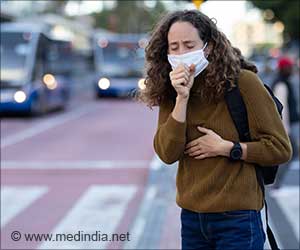A new research has suggested that river floods and storms that send water surging through swamps and marshes near rivers and coastal areas might cut in half the average greenhouse gas emissions from those affected wetlands.
The study, conducted by researchers at the Ohio State University in the US, suggests that pulses of water through wetlands result in lower average emissions of greenhouse gases over the course of the year compared to the emissions from wetlands that receive a steady flow of water.The study compared the emission of methane from wetlands under two different conditions, one with a pulsing hydrology system designed to resemble river flooding and one with a steady, low flow of water.
The research showed that in areas of deeper water within the wetlands, methane gas fluxes were about twice as high in steady-flow systems than they were in pulsing systems.
"Pulsing refers to a number of different conditions in wetlands - river pulses that happen on a seasonal basis, two-per-day coastal tides, and the rare but huge ones, like hurricanes or tsunamis," said William Mitsch, the study's senior author and director of the Wilma H. Schiermeier Olentangy River Wetland Research Park at Ohio State.
"Our point is that the healthiest systems and the ones with the lowest emissions of greenhouse gases are those that have these pulses and that are able to adapt to the pulses," he added.
The study examined methane fluxes over a two-year period during which researchers created two different kinds of conditions in two 2.5-acre experimental wetlands.
Advertisement
In 2005, researchers pumped approximately the same amount of water but maintained a constant flow of water through the wetlands to mimic less dynamic hydrologic conditions.
Advertisement
The emissions were at their highest during the summer of the steady-flow year, when the amount of methane released from the deepest part of the wetlands averaged 18.5 milligrams of carbon per square meter of wetland surface per hour.
With these wetlands covering about 5 acres, the emissions amounted to an estimated 20 pounds of carbon per day. That level was twice as high as the summertime methane emissions measured from the deepest area of the wetlands during the year of pulsing conditions.
The researchers suggested that slightly warmer soil temperatures and less fluctuation in water levels during the steady-flow year created conditions that promoted the production of methane.
Source-ANI
SPH










